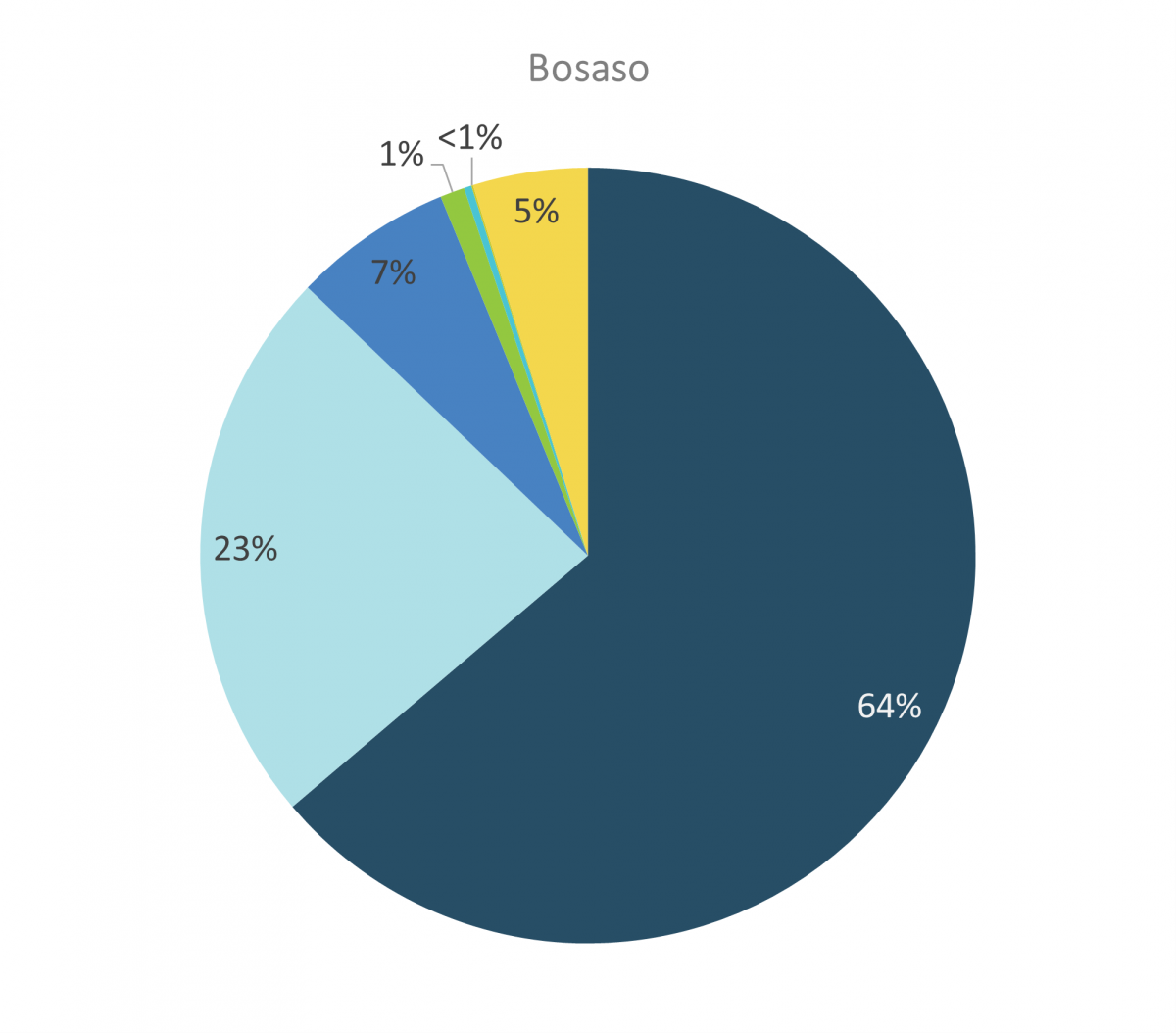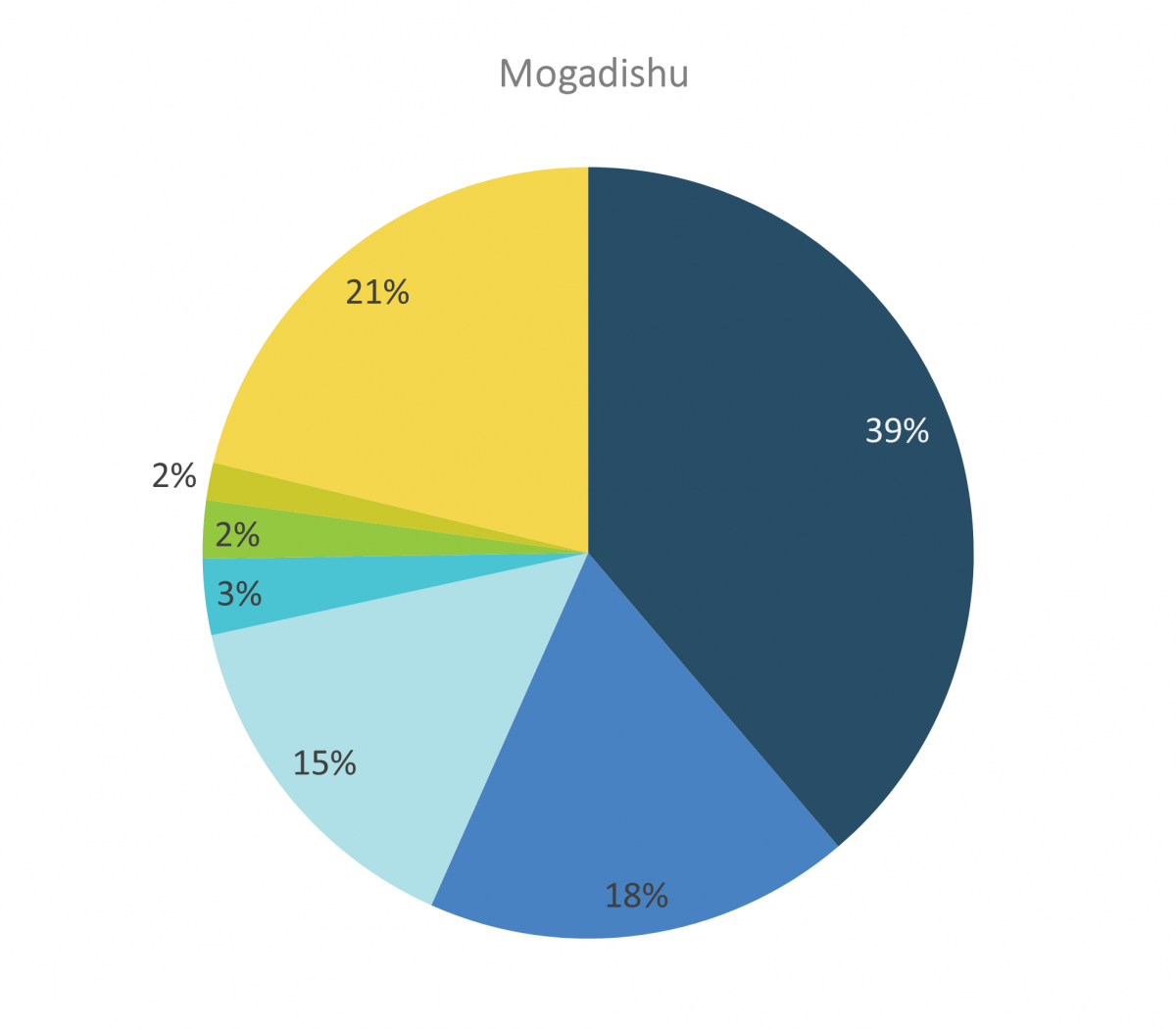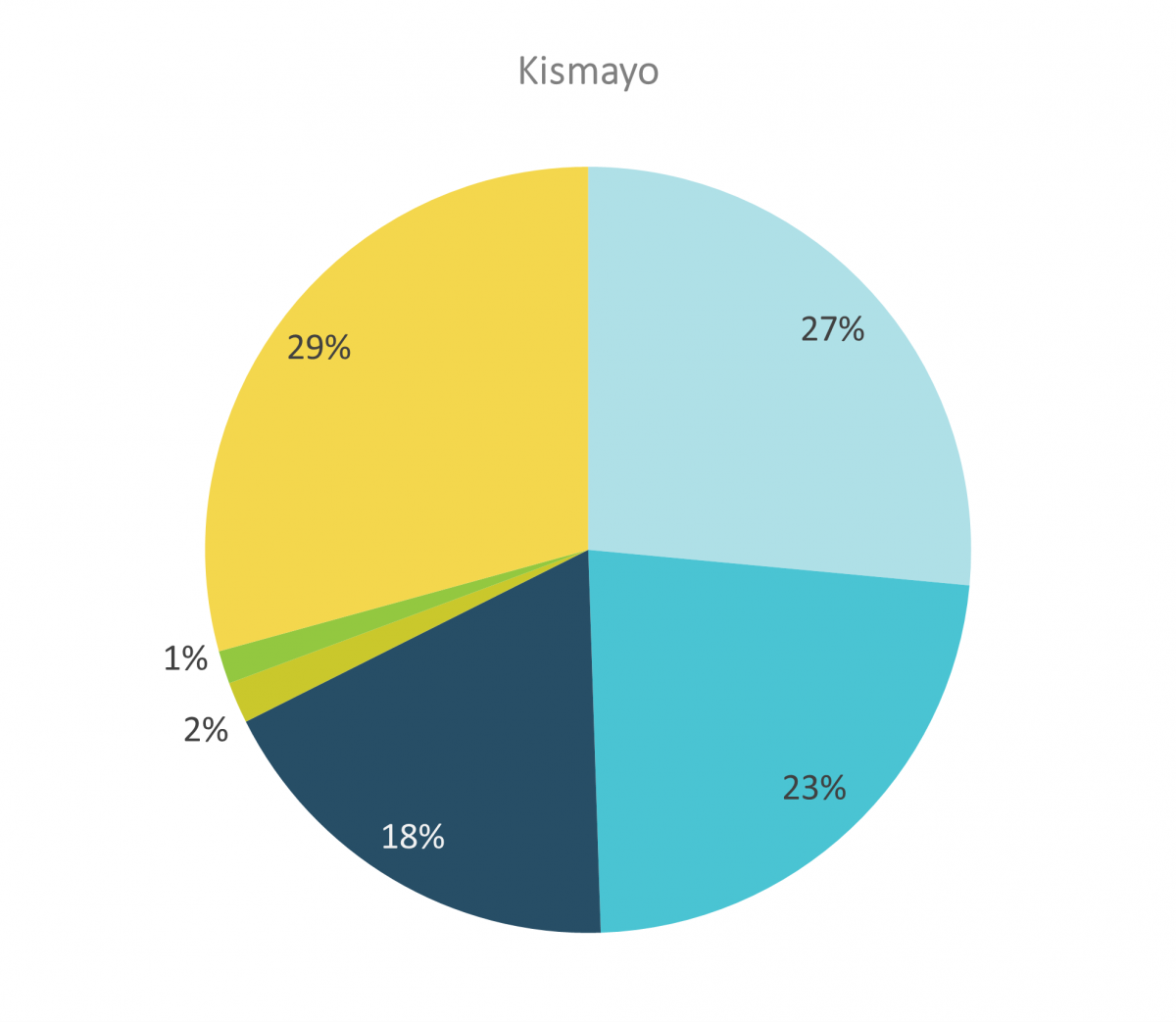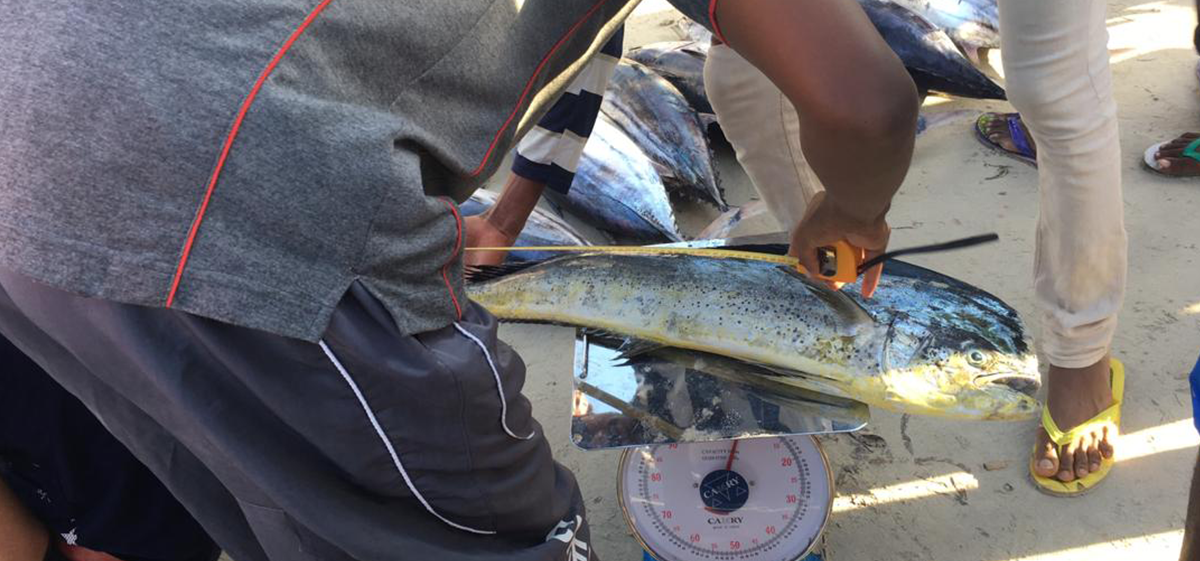
Project Kalluun is an effort by Secure Fisheries, students and faculty at Somali universities, and Somali ministries of fisheries to collect data on fish catch in Somali waters. The project seeks to answer these questions: What is caught? When, where, and how much?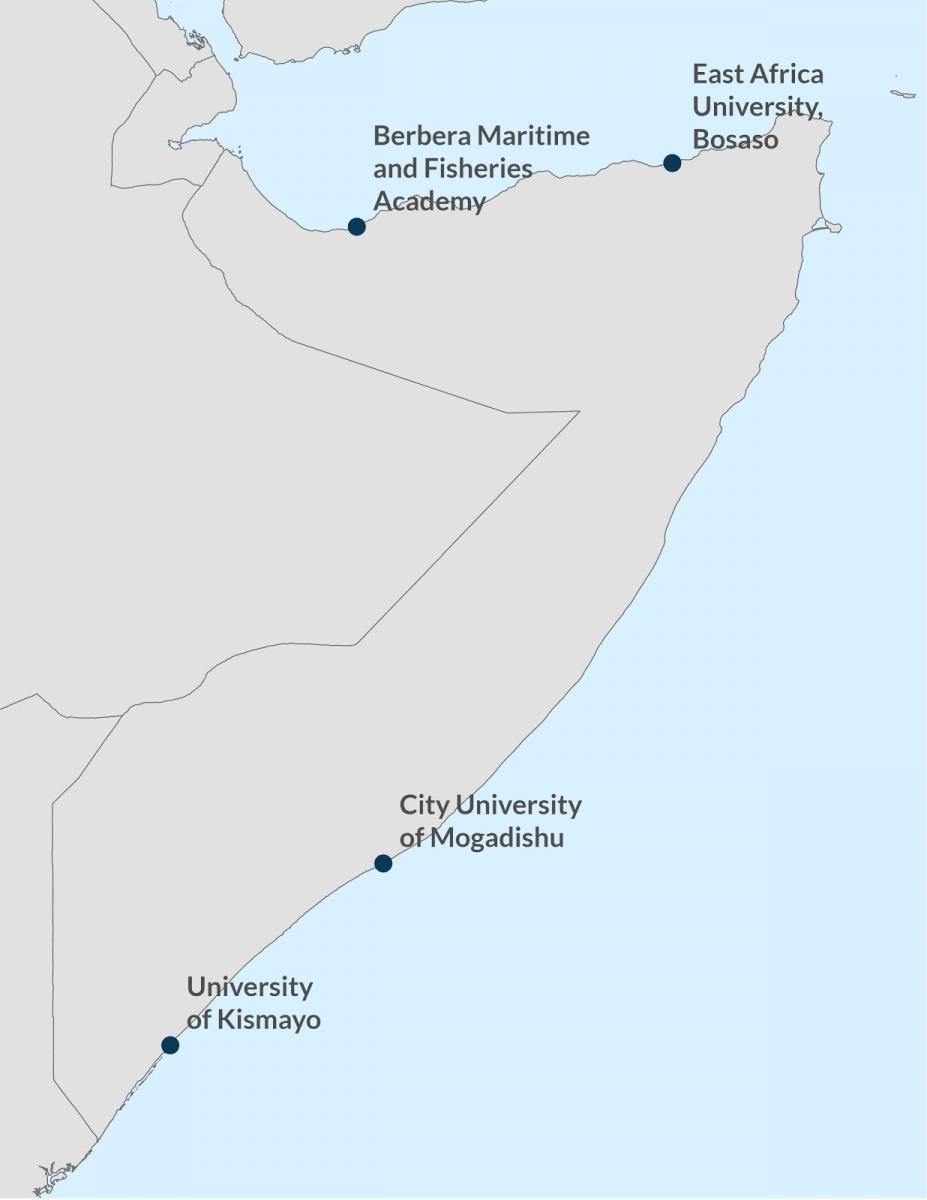
Our Vision
-
Students are trained on fish identification and catch data collection, giving them valuable skills that lead to jobs in the fishing industry and the Somali government.
-
Fishers gain awareness of the economic results of their activities and improve tracking, bookkeeping, and budgeting.
-
Somali fisheries agencies have the information needed to manage fisheries effectively and sustainably.
-
The Somali government gains a foundation for full-scale, nation-wide data collection.
Why Catch Data?
Fisheries catch data are critical for management and sector development. Good record keeping will help make seasonal fisheries more predictable and improve business profits. It is essential to understand fishing patterns and capacity in order to expand the domestic and export market for Somali fish. Over time, long-term catch data collection informs sustainability and stock assessments of valuable commercial fisheries.
Partnering with Somali Universities
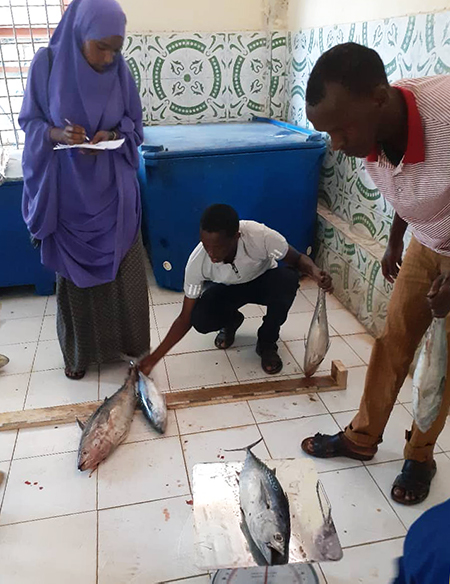 Project Kalluun was launched in 2018 with our partner, City University, based in Mogadishu. A team of six students completed the first round of data collection at Lido Beach, compiling over a year’s worth of monthly catch data. The data collection has helped us understand the main types of fish caught at this site, their sizes, and the economic importance of certain species.
Project Kalluun was launched in 2018 with our partner, City University, based in Mogadishu. A team of six students completed the first round of data collection at Lido Beach, compiling over a year’s worth of monthly catch data. The data collection has helped us understand the main types of fish caught at this site, their sizes, and the economic importance of certain species.
Four students involved in Project Kalluun subsequently received scholarships to graduate programs in Turkey to study marine science and related topics.
Following the success and positive reception of Project Kalluun, Secure Fisheries is partnering with other universities to expand the project: Berbera Maritime and Fisheries Academy, East Africa University (Bosaso), and University of Kismayo.
Project Kalluun has trained 23 students in fish catch data collection across these four universities. Each month and at all four sites, three to five boats landing fish that day are randomly selected. Students record the species caught, and count, measure, and weigh the catch. They record additional information about the length of the fishing trip, gear used, and price paid for the catch.
The charts below show the proportion of fish types caught at each site through March 2021. Data collection is ongoing at all locations.
Learn More
Report to the IOTC Working Party on Data Collection and Statistics 2018: Improving the Catch Data Collection System for Somali Fisheries: Project Kalluun
Blog: A Day at Lido Beach: How Somali Yourth are Leading the Way in Fisheries
Report to the IOTC Working Party on Data Collection and Statistics 2017: Development of a Central Database for Artisanal Fisheries in Somalia

